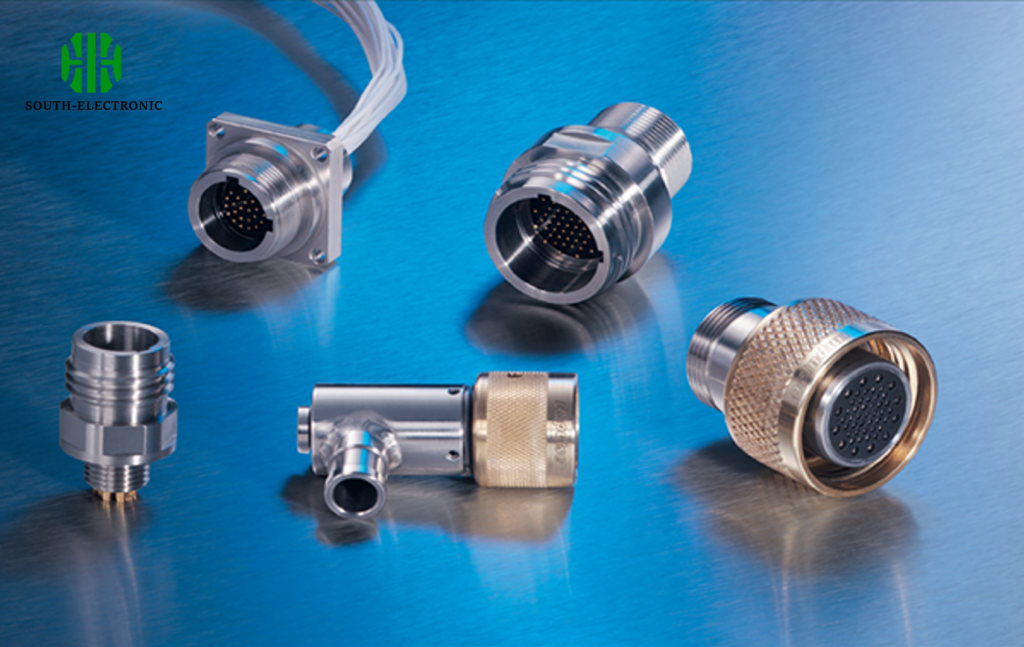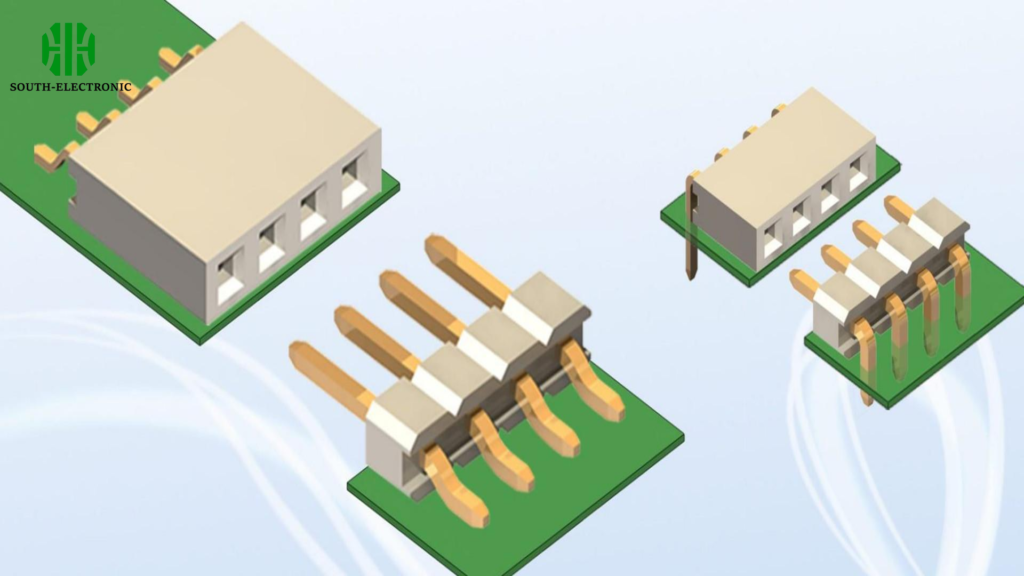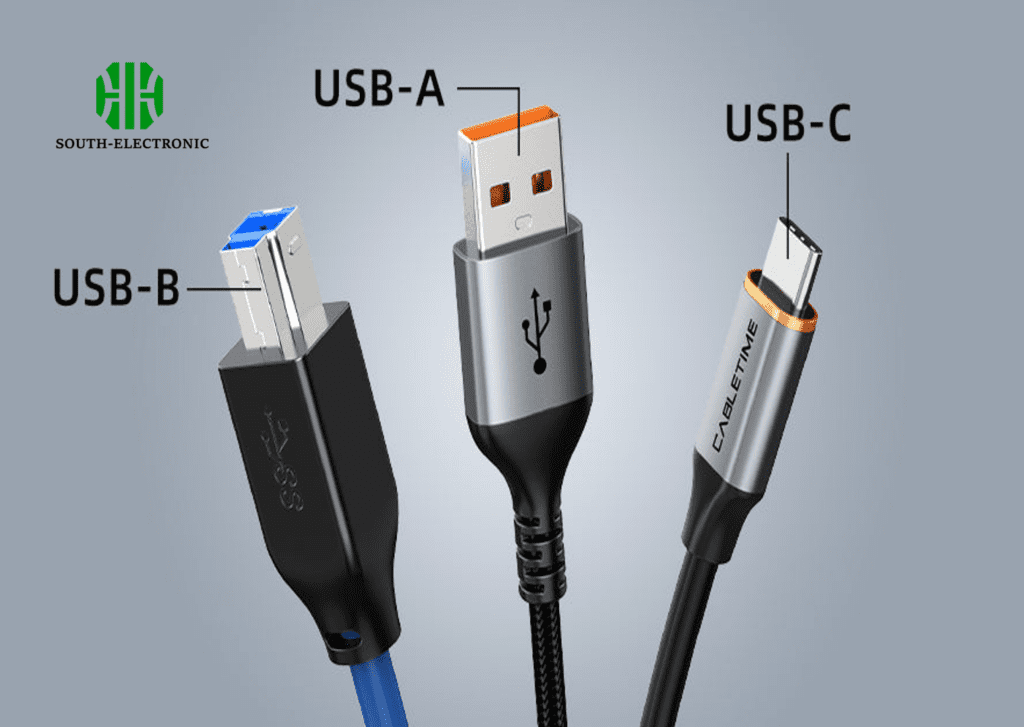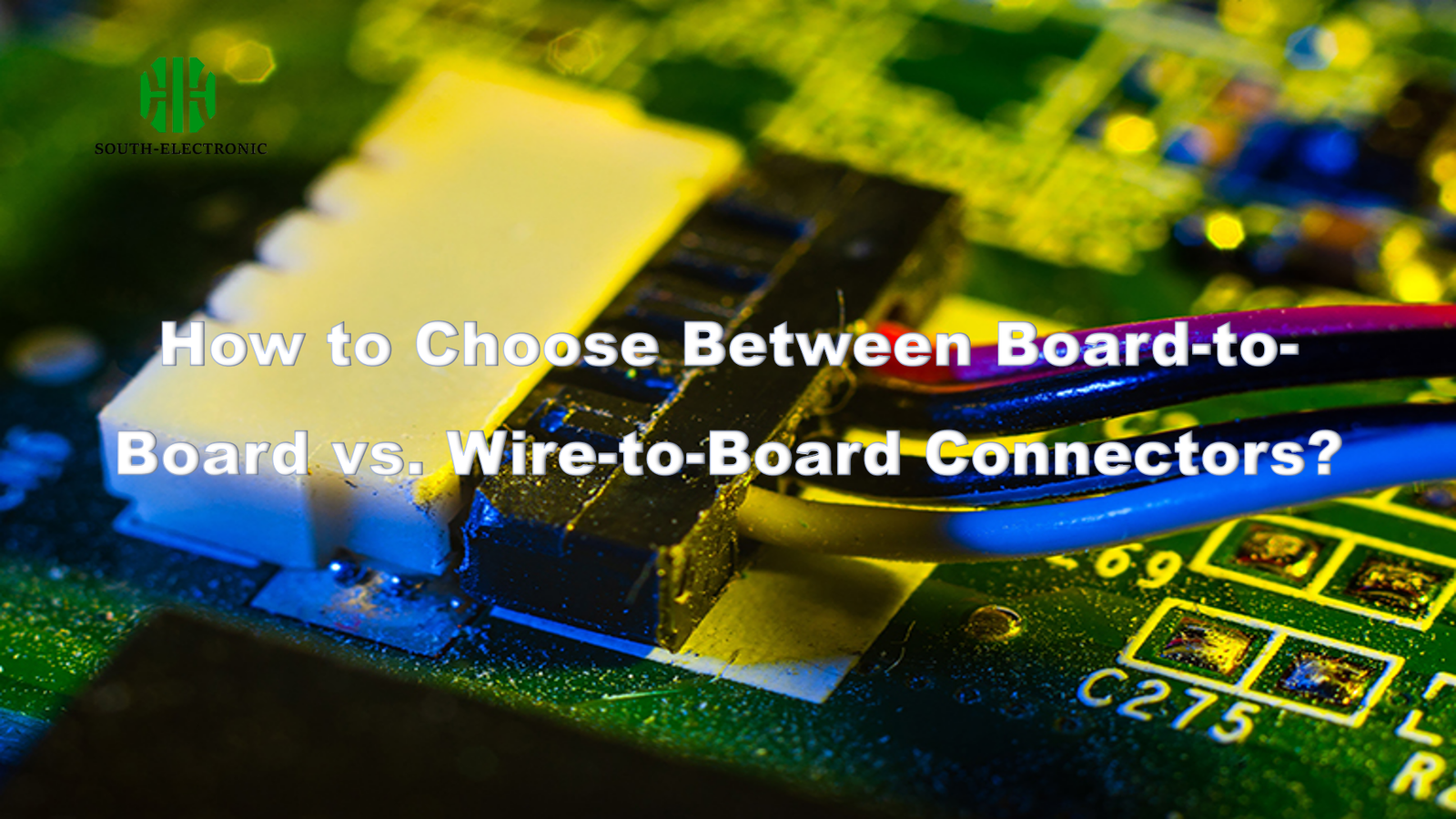Picking connectors feels overwhelming. Many engineers stall projects here. Match connectors to the actual job. Your choice impacts reliability and costs.
Consider your hardware links. Board-to-board connectors connect PCBs directly in tight spaces. Wire-to-board links cables to boards for flexible wiring. Choose based on connection type, space limits, and power needs.

This decision shapes your entire design. I learned this through trial and error. Now let’s explore key differences through common PCB challenges.
What Are the Critical Specifications in High-Density PCB Connectors?
High-density layouts frustrate designers. Squeezing connections causes failures. Pin pitch and current ratings solve this.
Focus on electrical and space needs. Narrow pitch fits more pins per inch. Current rating prevents overheating. Voltage isolation protects signal integrity. Check vendor datasheets carefully.

Key Specifications Comparison
| Feature | Why It Matters | Low-Density Example | High-Density Need |
|---|---|---|---|
| Pin Pitch | Determines space efficiency | 2.54mm | Under 1.0mm |
| Current Rating | Prevents overheating in tight spaces | 1A per pin | 0.5A or lower per pin |
| Mating Cycles | Durability in crowded assemblies | 50 cycles | 100+ cycles |
| Operating Voltage | Avoids short-circuit in small gaps | 250V | 50V-100V safety margins |
Smaller pitches enable more connections. But they require precise manufacturing. I once used 0.8mm pitch connectors that failed during assembly. Testing mating cycles prevents field failures. Voltage rating seems easy but matters in humid environments. Always verify creepage distances. Current ratings depend on surrounding temperature. High-density areas trap heat. Derate values by 20% for safety.
Which PCB Terminal Blocks Solve Industrial Vibration Challenges?
Machinery vibration kills connections. Loose wires cause shutdowns. Industrial settings demand secure terminal blocks.
Use locking mechanism blocks. Spring cages clamp wires tightly. Screw terminals endure long shakes. Cage clamp terminal blocks handle vibrations best. Test under real vibration patterns.

Vibration Solutions Compared
| Type | Vibration Resistance | Installation Speed | Maintenance Issues |
|---|---|---|---|
| Screw Terminals | High (when torqued) | Slow (tool required) | Loose screws over time |
| Spring Cage | Excellent | Moderate (push-in tool) | Wire hardness affects grip |
| Push-in Sockets | Good | Fast (no tools) | Thinner wires only |
| IDC Connectors | Fair | Instant (crimp required) | Permanent wire modification |
Spring cages don’t loosen like screws. They work in moving robots. Screw types need retorqueing after vibration. Push-in work fast but suit limited applications. Inspect blocks after six months of shaking. Plastic housings must withstand impacts too. Terminal blocks need strain relief features. Cables must anchor separately. Field experience shows cage types last longest.
Are 3-Pin Molex Connectors the Right Choice for Consumer Electronics?
Consumer devices face space and cost pressures. Molex connectors tempt engineers. But are they smart choices?
Assess durability needs. Molex fits tight spaces economically. Housings resist user mistakes. Their key features suit consumer products well.

Molex Connector Pros and Cons
| Use Case | Why 3-Pin Molex Fits | Why It May Fail Design Fix | |
|---|---|---|---|
| Power Supplies | Handles 12V/5A safely | Overheats in continuous use | Add 30% current buffer |
| User Interfaces | Easy insertion for assembly | Wobbles after 200 disconnects | Secondary latch feature |
| Internal Boards | Space saving vertical stacking | Unsealed attracts dust | Protective silicone seal |
| Audio Modules | Cheap for mass production | Contacts oxidize in humidity | Gold-plated variant |
Molex connectors win on size and cost. But they demand careful application. I used them improperly in game controllers. That caused field failures. Power connections need temperature checks. Audio signals need gold contacts. Moisture protection is often overlooked. Simple seals prevent corrosion. Always verify mating cycle ratings. Low-cost options skimp on durability. Pay for metallurgical tests when possible.
Conclusion
Select board or wire connectors based on link type and space. Match specifications to vibration and density challenges. Apply this to avoid failures.



